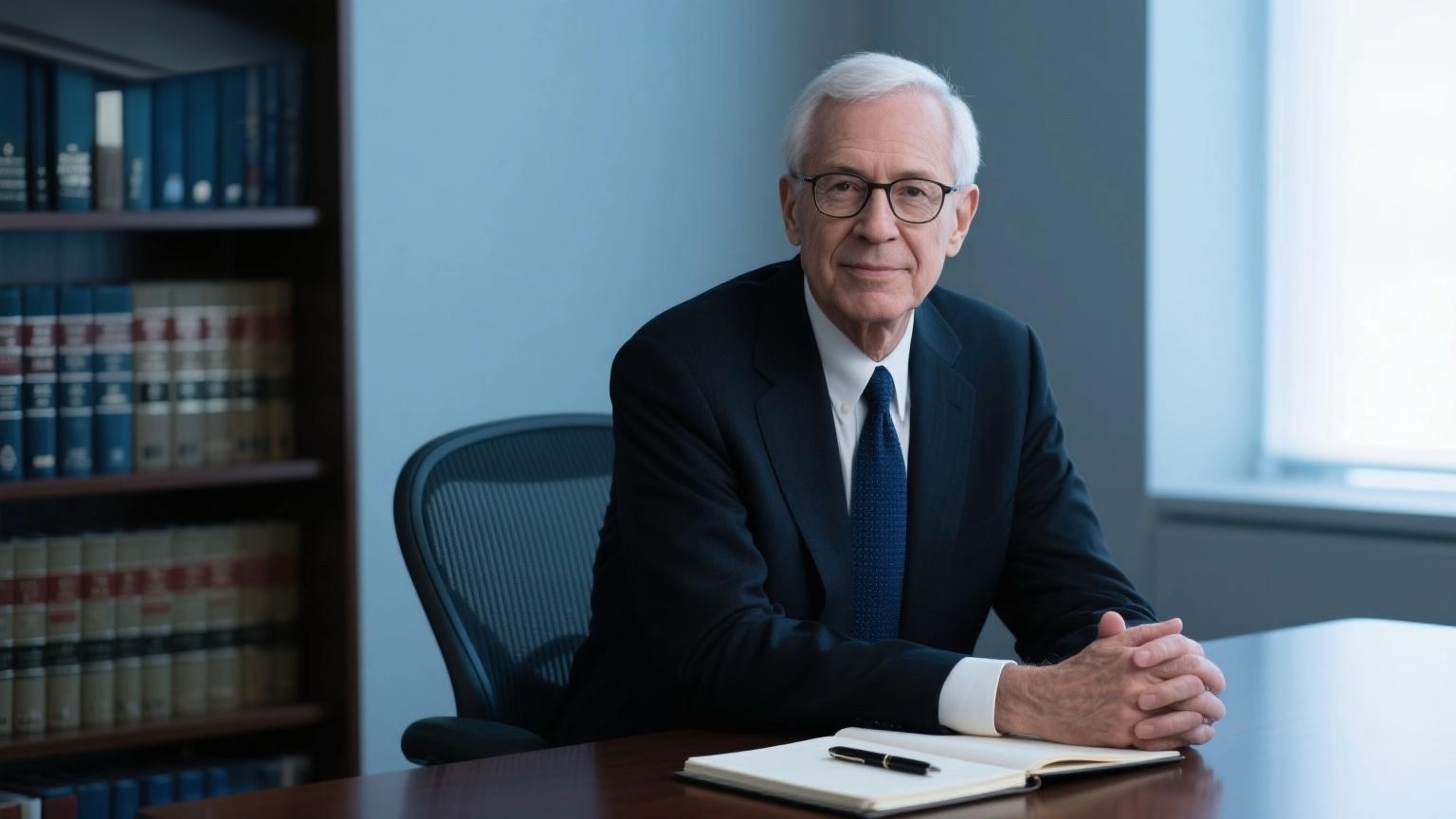
David F. Swensen, hailed as a "truly great investor," led the Yale University endowment fund to grow from $1.3 billion to $31.2 billion between 1985 and 2020—an increase of 22 times.
Swensen pioneered the highly acclaimed Yale Model of asset allocation. So, what lessons can ordinary investors learn from his model? Today, let’s explore Swensen’s "Pioneering Portfolio Management."
Diversified Asset Allocation
In the 1980s, the Yale University endowment fund followed the classic "60% stocks + 40% bonds" model for asset allocation. After Swensen took over the management of the fund in 1985, he spent considerable time evaluating different asset allocation models and investment strategies, aiming to reconstruct the portfolio.
Why did Swensen want to change the traditional asset allocation model?
The reason lies in his advocacy for diversified asset allocation. In his book Pioneering Portfolio Management, he repeatedly emphasized the importance of diversification in asset allocation.
At the time, Swensen and his team discovered that the "60/40" allocation model had become almost a "golden rule" for university endowment funds. However, few questioned whether this "one-size-fits-all" approach was truly suitable for such funds.
Generally, university endowment funds have long time horizons and relatively high risk tolerance. After extensive analysis, Swensen decided to include alternative assets such as equities and real estate in the investment scope, constructing a more diversified portfolio for Yale’s endowment. This gradually evolved into the highly respected "Yale Model," later emulated by institutions like Harvard University, MIT, and Princeton University.
The Appeal of Alternative Assets
Alternative assets differ from traditional assets like stocks, bonds, currencies, and futures. Common alternative assets include commodities, real estate, infrastructure, foreign exchange, and private equity.
Swensen believed that for long-term institutional investors like university endowment funds, investing in private equity is a crucial foundation for maintaining the long-term vitality of a portfolio. However, it’s also essential to diversify investments and control their proportions. By constructing a diversified portfolio that limits exposure to risky assets, it’s possible to withstand significant market volatility even in the worst market conditions.
Thus, the portfolio he built was highly diverse, including not only cash, bonds, and U.S. stocks but also substantial allocations to foreign stocks, leveraged buyouts, real estate, venture capital, and even natural resource assets. Such diversification ensured that the impact of any single asset’s volatility on the overall portfolio was relatively limited.
In the long run, it was precisely the inclusion of diversified assets like venture capital, real estate, and foreign stocks that enabled the Yale endowment fund to achieve superior long-term investment returns.
















